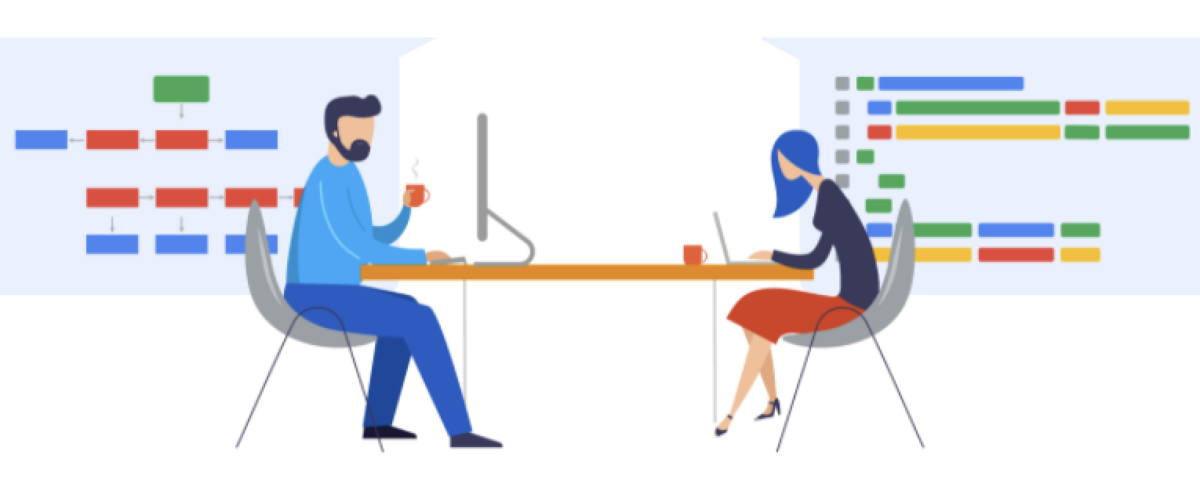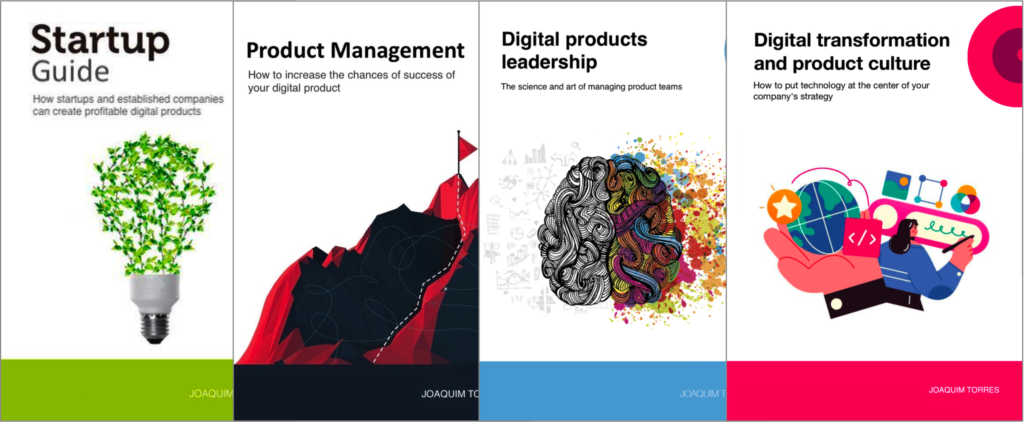
Structuring effective product development teams
25 de March, 2025I’ve seen this happen quite often in product teams: alongside the Product Manager, there’s also an APM (Associate Product Manager) doing a role that looks a lot like an assistant or secretary — collecting data, scheduling meetings, taking notes, organizing backlog tasks, and so on.
At first glance, this might seem like a good way to train someone starting in product management. It gives them the chance to see some of the day-to-day tasks of a PM. But in reality, it’s a very limited — and even counterproductive — form of training. The APM doesn’t get to experience the entire product development cycle. And without seeing the whole picture, the learning will be shallow.
If you know me, you know I love using analogies to explain ideas. So here’s a personal one: my daughter recently turned 18 and wanted to learn how to drive. Now imagine if her learning process was to become someone’s “assistant” in the car. She would turn on the radio, shift gears when told, turn on the windshield wipers — but never actually touch the steering wheel.
Learning to drive is more than knowing what happens inside a car. It’s about making decisions, understanding context, dealing with surprises — and, of course, feeling the responsibility of being in control. That’s why driving lessons follow a clear progression: first on a simulator, then on quiet streets, and only after that on busy roads and highways.
It should be the same for people starting their product careers. The best way to learn is not by assisting someone who’s already driving, but by taking the wheel — even if it’s on a quiet street.
We want junior PMs to learn by already taking on real responsibilities — but in a safe environment. We can (and should) give them ownership over a small, low-complexity part of the product, with full responsibility for its development cycle. To make this learning effective, they should stay close to experienced people (PMs, designers, engineers) who can guide them, answer questions, and show the way.
A junior PM should have the opportunity to experience and coordinate problem discovery, solution discovery, and actively support and participate in the delivery of a product or feature — all while ensuring that this delivery truly solves a customer problem through technology and generates results for the company. Naturally, this will be a smaller, less complex product or feature — just like someone learning to drive starts on quieter streets.
This way, they’ll learn to make decisions, prioritize, and communicate with engineers, designers, and stakeholders — all essential parts of the PM role.
And let’s not forget that, with the rise of artificial intelligence, many of these operational tasks — note-taking, backlog organization, data collection, meeting scheduling — will increasingly be taken over by tools. So beyond being a poor training method, this assistant-like approach is teaching juniors to do tasks that will soon be better and faster done by AI.
To those leading product teams, here’s my invitation: take a closer look at how you’re developing those who are just starting out. Junior is not an assistant. Junior is someone in training. And training requires practice — not just observation and execution of side tasks.
Workshops, coaching, and advisory services
I’ve been helping companies and their leaders (CPOs, heads of product, CTOs, CEOs, tech founders, and heads of digital transformation) bridge the gap between business and technology through workshops, coaching, and advisory services on product management and digital transformation.
Digital Product Management Books
Do you work with digital products? Do you want to know more about managing a digital product to increase its chances of success, solve its user’s problems, and achieve the company objectives? Check out my Digital Product Management books, where I share what I learned during my 30+ years of experience in creating and managing digital products:
- Digital transformation and product culture: How to put technology at the center of your company’s strategy
- Leading Product Development: The art and science of managing product teams
- Product Management: How to increase the chances of success of your digital product
- Startup Guide: How startups and established companies can create profitable digital products


